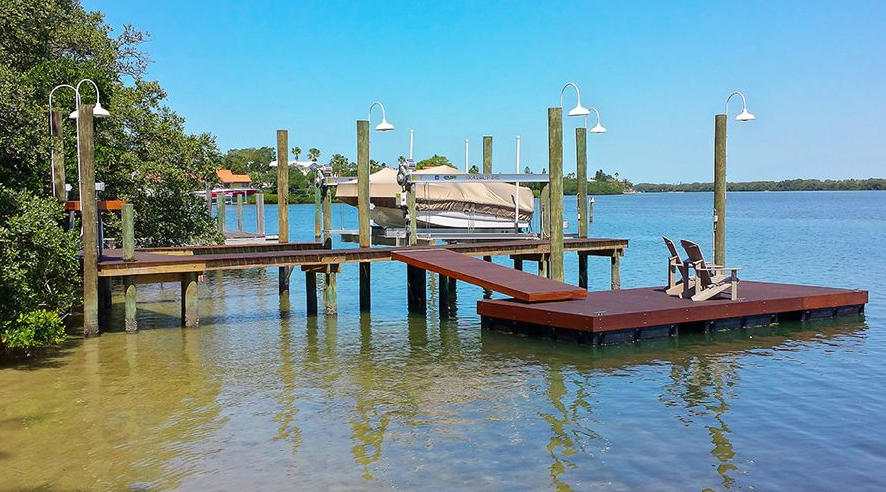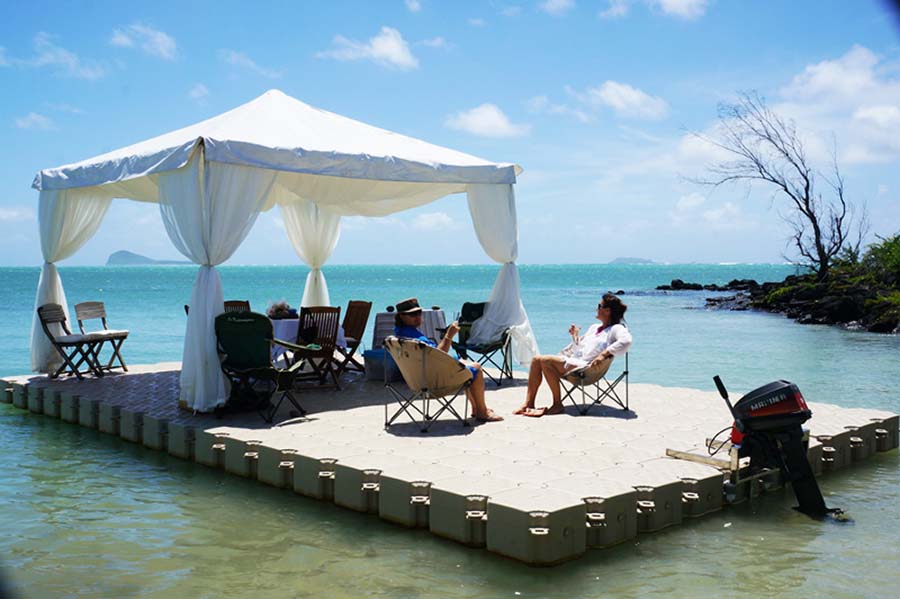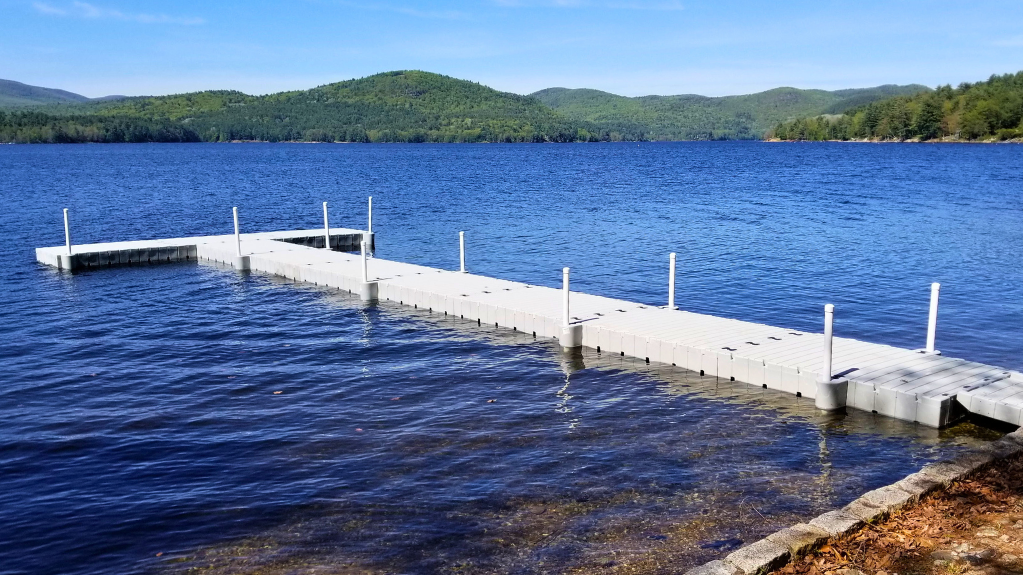Navigating the Options: Selecting the Right Dock Company for Your Floating Dock Task
Navigating the Options: Selecting the Right Dock Company for Your Floating Dock Task
Blog Article
Upgrade Your Beachfront With Durable Floating Docks
Upgrading your waterside with long lasting floating docks can dramatically boost both functionality and appearances, giving a functional option for various water tasks. With an array of products available, including low-maintenance choices and standard wood, selecting the ideal dock can enhance your individual design and satisfy sensible demands.
Benefits of Floating Docks
Floating docks deal a multitude of advantages that improve their allure for various maritime applications. Unlike traditional set docks, floating docks rise and loss with the trend, guaranteeing consistent availability for watercrafts and watercraft regardless of ecological conditions.
Furthermore, floating docks are much easier to relocate and mount, offering versatility for seasonal or momentary use. Their modular style permits personalization to fit particular demands, whether for private marinas, household waterfronts, or business applications.
In addition, floating docks develop very little disturbance to the aquatic setting, maintaining local ecological communities and decreasing the likelihood of erosion. They also supply boosted safety and security and security for users, as their resilient nature uses a more flexible surface area than stiff structures.
Additionally, floating docks can facilitate a varied variety of activities, such as fishing, swimming, and entertainment boating, making them an important asset for waterside growth. Their versatility and functionality make floating docks a favored option for a variety of marine projects.
Picking the Right Products
Selecting proper products for floating docks is crucial to their long life, performance, and total efficiency. When picking materials, think about aspects such as environmental direct exposure, maintenance requirements, and architectural stability. Usual products consist of wood, plastic, light weight aluminum, and composite alternatives, each offering distinctive benefits and disadvantages.
Timber, while aesthetically pleasing, needs regular maintenance to avoid rot and degeneration. Pressure-treated timber can boost toughness, yet it might still succumb to water damages over time. Plastic drifts, commonly made from high-density polyethylene, are immune to rust and require very little upkeep, making them an attractive choice for low-maintenance applications.
Light weight aluminum is an additional sensible option, known for its toughness and lightweight residential properties. It is resistant to corrosion and can stand up to rough weather, although it may be a lot more expensive than other materials. Composite materials combine the very best characteristics of timber and plastic, supplying a low-maintenance and durable alternative that mimics the appearance of wood without the linked drawbacks.
Ultimately, the selection of material should straighten with the meant usage, ecological factors to consider, and spending plan constraints, making sure a long lasting and useful floating dock that meets your certain needs.
Installation Process Summary
The successful installation of a floating dock counts on cautious planning and implementation, making certain that it runs efficiently in its designated atmosphere. The initial step entails assessing site problems, consisting of water depth, coastline attributes, and prevailing climate patterns, which will certainly notify the dock design and anchoring system.
Complying with the website evaluation, the next phase is to prepare the floating dock parts. This includes putting together the framework, securing drifts, and affixing any kind of required hardware. It is important to guarantee that all connections are water-resistant and robust to withstand aquatic conditions.
As soon as the dock is constructed, the installation process begins with positioning the dock in the water. This can entail a crane or various other lifting equipment, specifically for bigger frameworks. Proper positioning is necessary for functionality and security.

Maintenance Tips for Long Life
Routine maintenance is necessary for making certain the longevity and ideal efficiency of a drifting dock. To accomplish this, start with regular assessments a minimum of twice a year, concentrating on the stability of the dock's framework, consisting of the flotation protection gadgets and linking equipment. Seek indicators of deterioration, wear, or damages, and resolve any type of concerns promptly to avoid more wear and this content tear.
Cleaning is another important aspect of upkeep. Eliminate debris, algae, and barnacles from the dock's surface to stop unsafe problems and preserve aesthetic allure. Make use of a light detergent and a soft brush to avoid damaging the dock's materials.
Furthermore, make sure that the dock is appropriately anchored and protected to endure seasonal changes in water degrees and climate conditions. Examine the anchoring system for stability and make changes as needed.
Enhancing Your Exterior Visual
To develop an aesthetically attractive outdoor room, incorporating a floating dock can considerably enhance the overall aesthetic of your beachfront residential property. Floating docks are not just functional but can additionally act as a striking prime focus that enhances the natural environments - floating dock builder. Readily available in various materials and styles, these docks can be tailored to match your building's architectural style and landscape
The enhancement of attractive components, such as integrated lights or fashionable railings, additionally boosts the dock's aesthetic charm. Take into consideration using all-natural wood finishes, which mix flawlessly with the atmosphere, or choosing modern products like light weight aluminum or composite decking that use a streamlined, modern appearance.
Purposefully positioning planters or seating locations on or around the dock can create inviting areas that motivate relaxation and enjoyment of waterfront sights. In addition, incorporating shades and textures that balance with your landscape will create a cohesive visual throughout your exterior area.

Conclusion

Updating your beachfront with durable floating docks can substantially enhance both capability and appearances, providing a flexible service for various water activities. Unlike conventional fixed docks, floating docks increase and autumn with the tide, making certain regular access for boats and watercraft regardless of ecological conditions.Selecting ideal materials for floating docks is crucial to their long life, performance, and overall performance.Once the dock is assembled, the installation process begins with positioning the dock in the water.In recap, floating docks offer various advantages, consisting of versatility to water level adjustments and a range of product alternatives.
Report this page